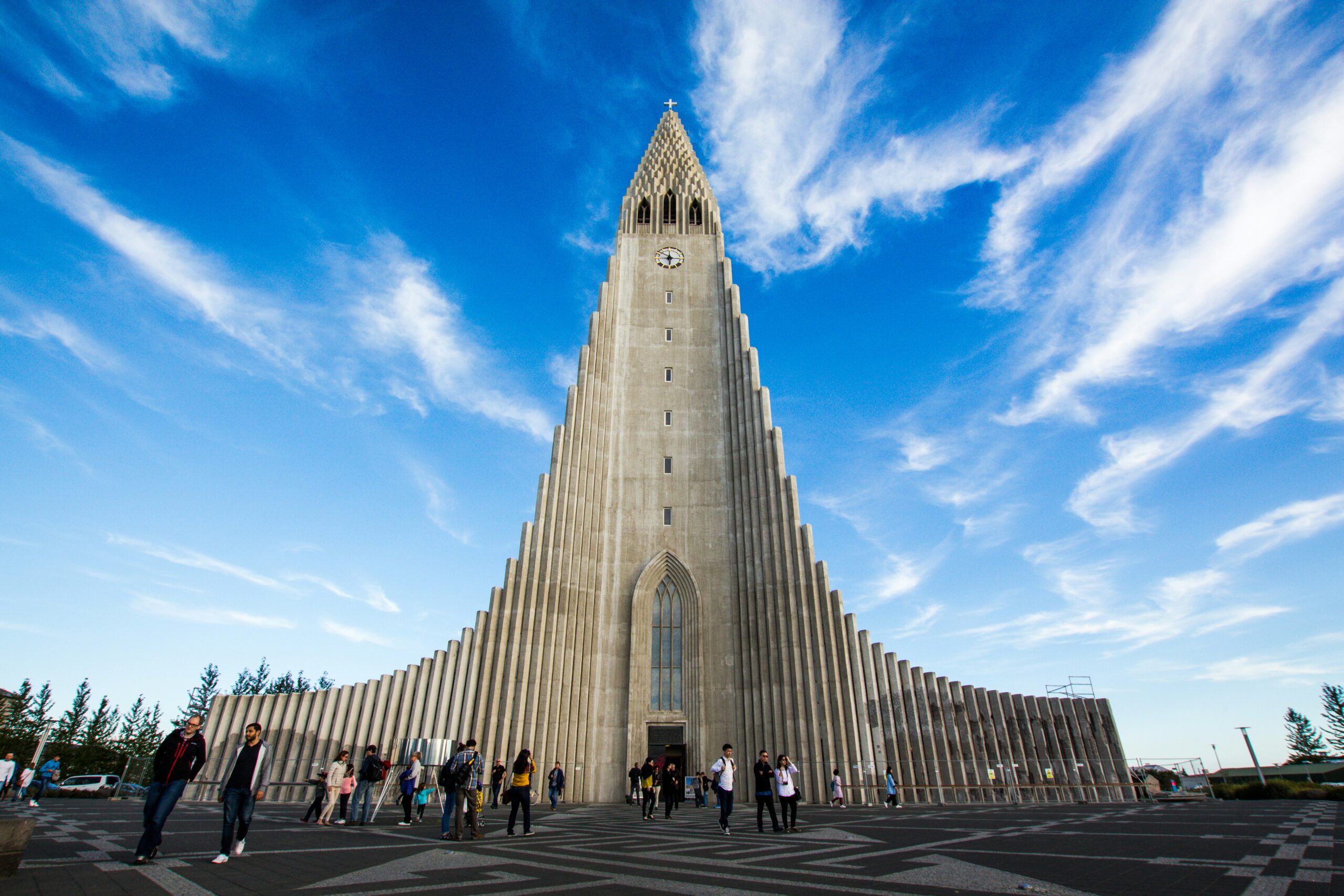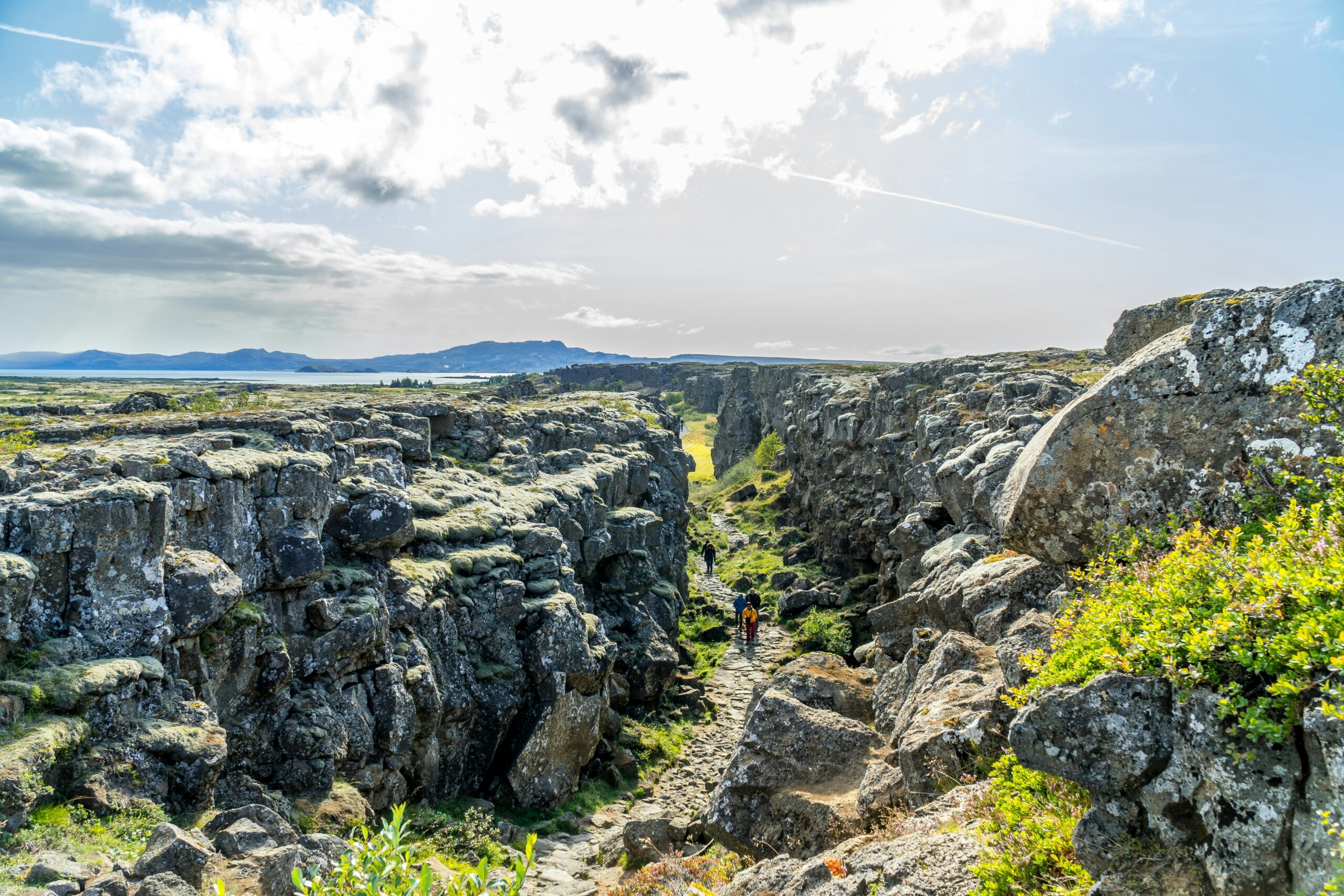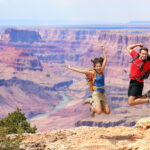Thingvellir National Park is an area of wild natural beauty that was home to one of the oldest parliaments in the world
Not far from Reykjavik, you will find one of Iceland’s most important sites. Thingvellir National Park is a site full of history, culture and natural beauty. The park, which covers almost 36 square miles of wild Icelandic splendour, was the home of Iceland’s parliament for almost 900 years. Few national parks in the world can explain quite so much about the country in which they are found.
Thingvellir, spelt Þingvellir in Icelandic, was the first national park created in Iceland. This was carried out to celebrate the 1,000th anniversary of Iceland’s parliament, the Althing. The first Althing is considered to be the foundation of the country and the Icelandic Commonwealth, and it is one of the oldest parliaments in the world.
The creation of a parliament in Thingvellir
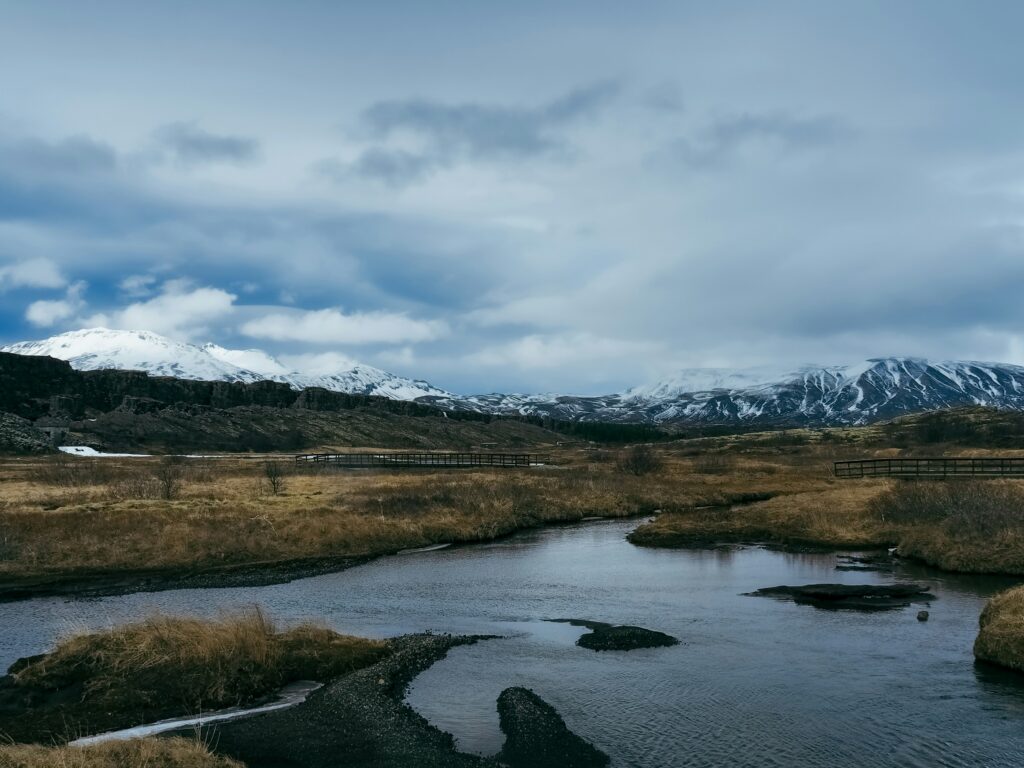
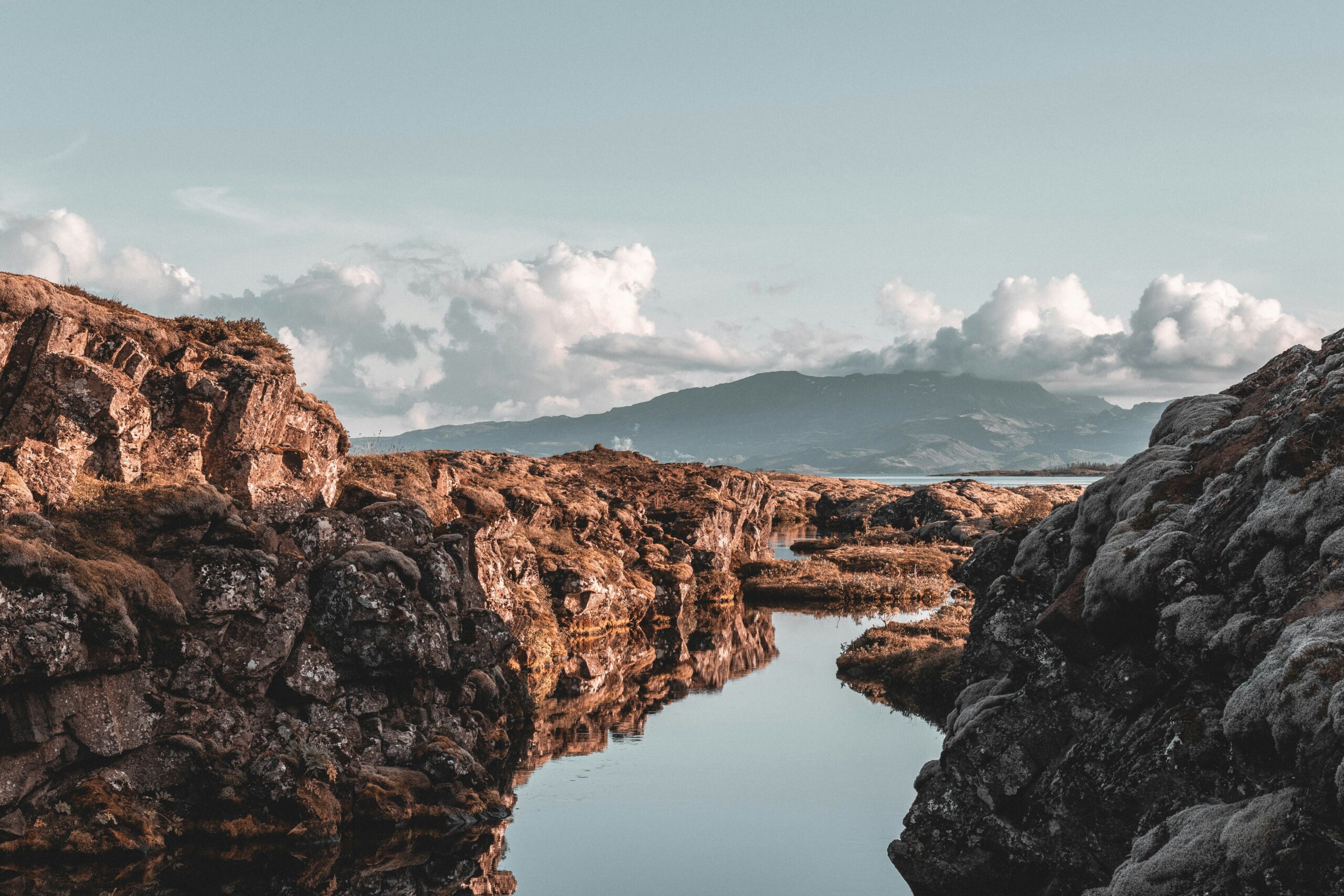
Explore Iceland’s staggeringly raw beauty
For a long time, Iceland was completely uninhabited. No one is exactly sure when the first settlers arrived and they may have been Irish monks or Norse sailors. Roman coins from the third century have been found but may have been carried across the sea centuries later. There was no permanent settlement until 874 when a Norwegian chieftain, Ingólfur Arnarson, and his wife, Hallveig Fróðadóttir made land. They were followed by other Norwegians fleeing King Harald Fairhair.
Just over 75 years later, there were enough people to require the formation of an assembly. The leaders of the communities needed land that was central and available to use. Thingvellir was chosen because its owner had been found guilty of murder and the land had been handed over to the public. It was also easy to reach for most.
No permanent buildings were constructed. Instead, the chieftains made camp in Thingvellir, which translates as Assembly Fields, every summer for weeks. Any free man could attend and watch the proceedings, and sell their goods to the chieftains. This meant that the assembly also became a huge social event, and much of Iceland’s language and culture can find their roots here. It was also where legal disputes were settled.
The center of the Althing was the Lögberg, or Law Rock. The Lawspeaker sat on this rock and presided over the gathering. None of the laws created were written down. Instead, it was the job of the Lawspeaker to memorise these, as well as the procedures that had to be followed. There does not seem to be a record of a Lawspeaker forgetting what had been decided. For centuries, it was the only public office in Iceland.
The meeting point of tectonic plates
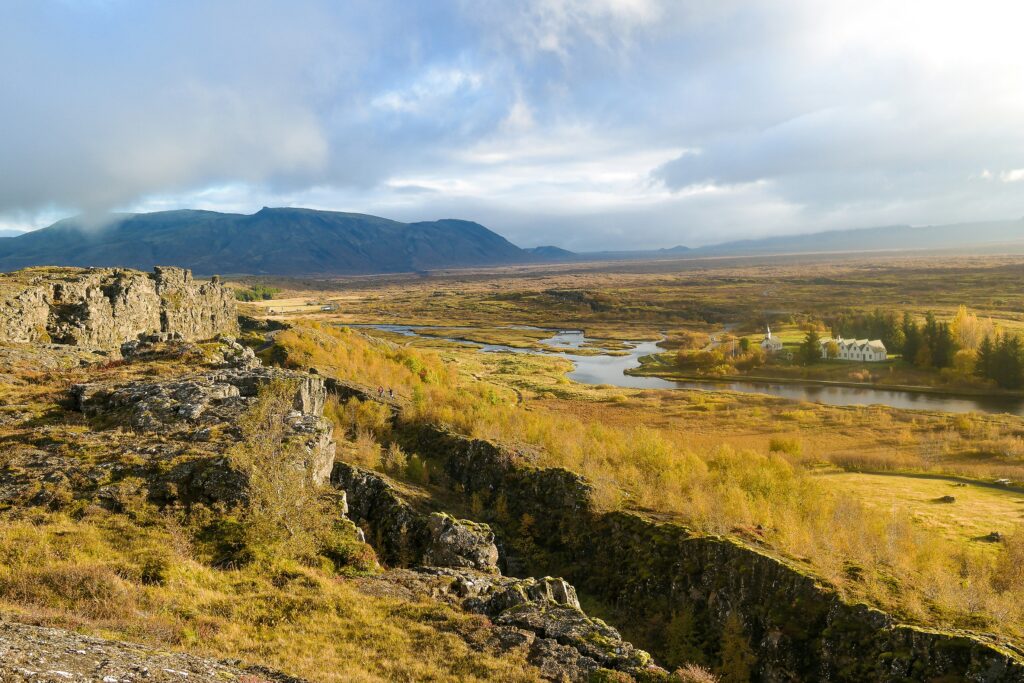
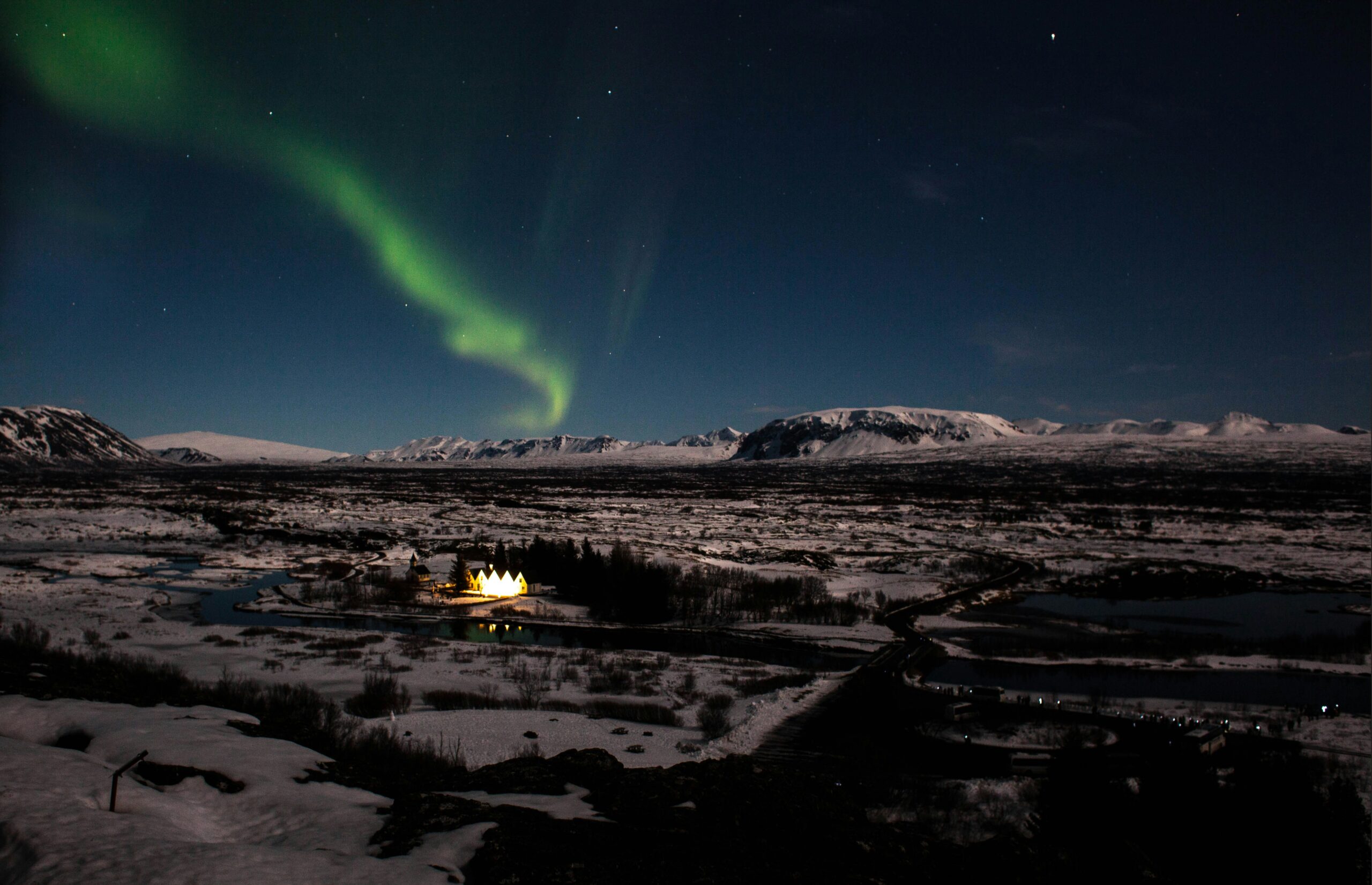
Learn the rich history of Thingvellir
Thingvellir is not just important for its influence on Iceland’s history. Within the park, you will find the rift valley where the tectonic plates of North America and Eurasia meet, rivers and waterfalls. At its edge is Iceland’s largest lake, Thingvallavatn. Silfra Fissure lies at its edge and is an excellent location for snorkelling and scuba diving. The water is clear, and while there isn’t a huge amount of life, there are incredible rock formations and cave systems. Many of the dives require a good deal of experience.
Iceland’s unique natural beauty was created by the island’s position on the Mid-Atlantic Ridge, where the North American and Eurasian plates meet. This causes the earthquakes that can be felt, and is the reason for Iceland to have so much volcanic activity, geysers and hot springs. In Thingvellir, you can cross between the two plates on foot. The park is full of cracks and faults, some of which are canyons and others have become lakes. Nikulásargjá rift is one such lake where it has become traditional to throw a coin for luck.
Öxarárfoss is a beautiful waterfall on the Öxará River. In cold weather, this can freeze which makes for epic photographs, although it may be hard to reach at this time. On the trail to the waterfall, you will discover the location of the Bloody Gate in Game of Thrones. It’s just one of the many locations used in the series. One legend about Öxarárfoss is that the tumbling water turns to wine at midnight on New Year’s Eve.
